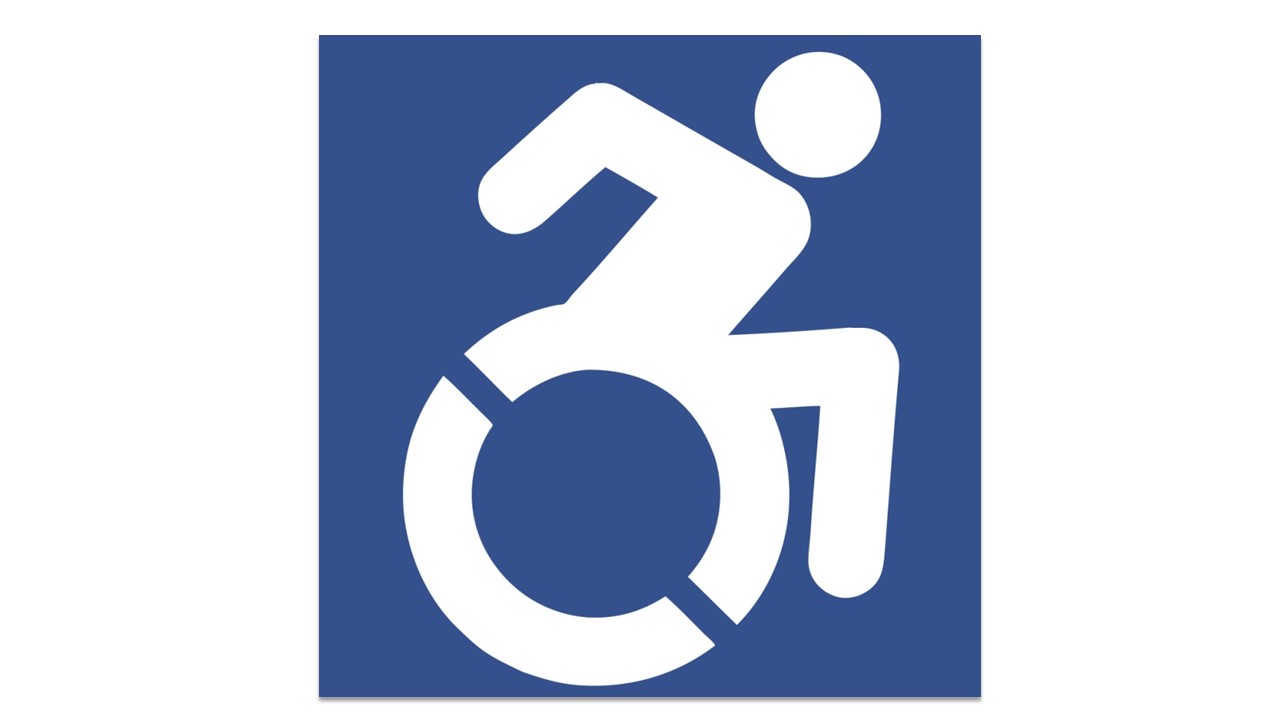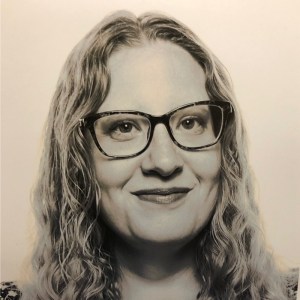
In being a museum professional during the social media age, there are few things cooler than getting to be a Social Media Journalist for the American Alliance of Museum (AAM) conference. In my application, I spoke about how I wanted to focus on accessibility during the conference and how happy I was that AAM was starting to celebrate diversity, equity, accessibility and inclusion (DEAI) through their working group and the DEAI awards. My first AAM Annual Meeting was in St. Louis (2017) where a light was shined on these efforts and I was really excited to see what the 2018 conference had in store.
Skip over related stories to continue reading articleWhile the 2018 meeting was one of the more accessible conferences I have been to in the last few years, there were some areas for improvement. You may be reading this and already thinking, why should I care about the AAM conference being accessible? First and foremost, we all need to make sure that the Annual Meeting is an accessible conference in every way to be welcoming to our colleagues that may have a disability. Additionally, you can shrink down the conference experience and mirror it as an event or a presentation you could host at your own institution and I would hope that accessibility is in your mission.
Let’s talk about how we can make the AAM Annual Meeting and MuseumExpo the most accessible conference out there and how you can also make your own events more accessible! Here are some tips:
- Make sure your captioning is working before your event starts and make sure to tell your partners that they need to have their videos captioned.
Don’t assume that everyone can hear you, there might be a person who is deaf or has hearing loss in your audience. If you want to reach people with your message at an event make sure people can actually access your message. The first keynote of the conference didn’t have captioning, and, ironically, that was when AAM’s new report on DEAI was being talked about. The second keynote did have captioning, but the pre-made video that the speaker shared was not captioned.
- Always use a microphone if one is provided.
Your “teacher voice” or “presenter voice” is never going to be loud enough for a person that has hearing loss.
- If you need to show an image in a presentation, be prepared to describe it.
Question: how many facades of museums did you see in presentations? Was the exterior of the building the topic of the talk or was it just an image for the sake of putting up an image? We are coming to a conference session or a talk to learn from you the speaker. But if you need to have an image in a presentation always take time to explain what is happening in the image, don’t assume that everyone can see it and always be mindful of your use of images.
- Be aware of how to make a visually accessible presentation.
I experienced a presentation that had a yellow background with white lettering. A separate presentation had two slides where the text was in an unreadable font when sitting in the back of the room. If you have a situation where you can’t have a white background with black text, try for an extremely light background with very dark text. Always use a basic font, like Arial, that is large enough for everyone to read. If you can, print out a few copies of your presentation in large print (18 size font) for someone to grab if you didn’t give AAM your presentation in time for it to be on the app.
- If your event is going to have more than 500 attendees, hire an American Sign Language (ASL) Interpreter (and always budget accessibility features into your event from the start).
AAM has an accommodation request form but there is a two and a half week deadline prior to the conference for a guaranteed ASL Interpreter. In the high-stakes world of nonprofit budgets, there is always the last minute “we actually have the money to send you to that professional development opportunity NOW” surprise for many of our colleagues that live close enough to drive in every day or live in the host city of the conference. In shrinking this down to an event at your institution; what is your policy for requesting an ASL Interpreter for an event? If it is the typical two weeks, can I ask you if you plan events you are going to at least two weeks in advance?
- When choosing a location for an event, make sure it is accessible.
While the conference hotel was accessible (although the bathroom doors at the hotel were certainly heavy) some of the happy hour venues were not. At one happy hour, one small step to get in the front door could have barred someone from participating.
- Honor the confines of your allotted times and make a map of your venue available.
Some conference goers could barely get to the next session using the full time given due to elevator location and wait time. Be mindful of the time scheduled between sessions in a conference that has multiple sessions in multiple locations. A printed map (could be included in the program book) is always helpful for navigation and for planning point A to point B for some folks that may need to use elevators, escalators and accessible bathrooms.
It has been my experience that people get overwhelmed by the word accessibility. I will let you know that no one person or one institution became an accessibility rockstar overnight, but they started making key changes over time to get where they are. Right now is when you can start. In 2018 accessibility means more than a ramp or an elevator, it means giving everyone a chance to experience what you and your institution deem valuable in your presentations, events, exhibits, and collections.









Thank you for this article. As a museum visitor, I would like to add one thing about accessibility. It is my experience that an often overlooked item in large museums and conference venues is seating. Many otherwise able folks have difficulty managing long hallways or galleries without places to stop and rest. It may not fall into the category of accommodations, but it is essential for seniors or those with walkers and crutches. I am always so grateful for a row of benches or scattered chairs in large spaces or at happy hour events.
These are terrific measures to ensure access and promote greater inclusivity. I especially appreciate the use of the microphone even for small group settings. Thanks.